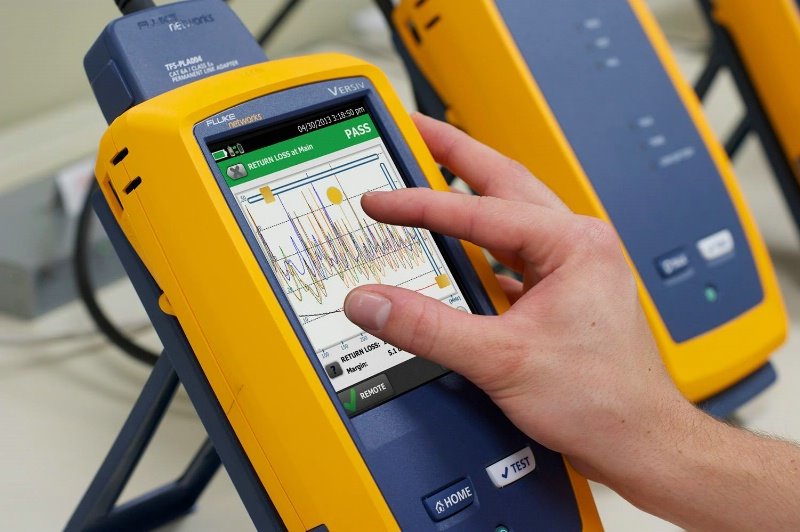

These people can be invited to join a community relevant to them. Moreover, SNA can be used to identify people who are linked, but who may not be part of a formal community.

One can use SNA to bridge silos, create awareness of distributed expertise distributed in the network, and identify and draw in peripheral network members. Improved connectivity is created through an iterative process of knowing the network and knitting the network. Generally, in social network analysis, the nodes are people and the links are any social connection between them – for example, friendship, marital/family ties, or financial ties. A network is simply a number of points (or ‘nodes’) that are connected by links. The aim of social network analysis (SNA) is to understand a community by mapping the relationships that connect them as a network, and then trying to draw out key individuals, groups within the network (‘components’), and/or associations between the individuals.


 0 kommentar(er)
0 kommentar(er)
